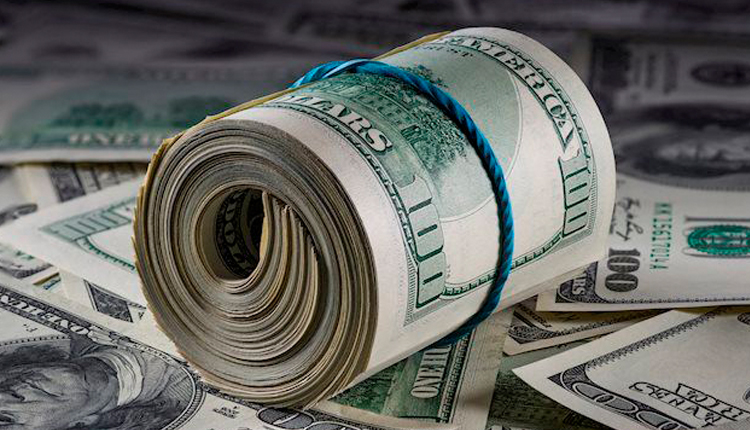Dollar prices hovered near a four-month high on Tuesday, backed by rising Treasury yields and broadly strong U.S. economic data, leaving its major rivals such as the euro struggling and others including the Argentine peso down sharply.
The dollar index against basket of six major currencies was steady at 92.766 after reaching 92.974 overnight, its highest since Dec. 28. The greenback received its latest boost as the euro sank below $1.19 for the first time this year the previous day in the wake of weaker-than-forecast data on German industrial orders and euro zone investor sentiment.
The euro was up 0.05 percent at $1.1929 after plumbing $1.1897 the previous day, its lowest in more than four months.
The soft economic indicators added to already shrinking expectations of the European Central Bank raising interest rates any time soon, which has been a major drag on the common currency.
“There is some focus on the Iran nuclear situation but the market has priced in much of it before hand, said Yukio Ishizuki, senior currency strategist at Daiwa Securities in Tokyo.
U.S. President Donald Trump said he would announce a decision on Tuesday about the future of an international nuclear agreement with Iran, which he has repeatedly threatened to withdraw from.
“While a U.S. withdrawal from the deal may be a dollar-negative theme, but at least for the short term it is hard to ignore the dollar’s broad strength, particularly against emerging market currencies like the Argentine peso,” Ishizuki added.
Rising U.S. Treasury yields and solid economic data have bolstered the dollar in recent weeks. While Friday’s U.S. payrolls data came in mixed, underlying strength in the labor market backed expectations of steady rate increases by the Federal Reserve.
Indeed, monetary policy normalization in the United States, which has move significantly ahead of other countries, has also been a major dollar-supportive factor.
And persistent concerns over rising U.S. interest rates kept up the relentless sell-off in Latin American currencies overnight, with the Mexican, Chilean and Argentine pesos all falling more than 1 percent, while the Brazilian real lost 0.84 percent.
The Argentine peso’s slide stood out in particular as the country’s central bank had just raised rates on Friday.
Emerging market currencies have taken a hit in recent weeks as investors have shed high-yielding assets on expectations that accelerating U.S. inflation and a widening financial deficit could force the Fed to tighten policy at a quicker pace.
Elsewhere, the dollar was down 0.1 percent at 108.990 yen after going as high as 109.400 overnight.
The Australian dollar was flat at $0.7518 after losing 0.3 percent the previous day against a broadly stronger dollar.
Source: Reuters


